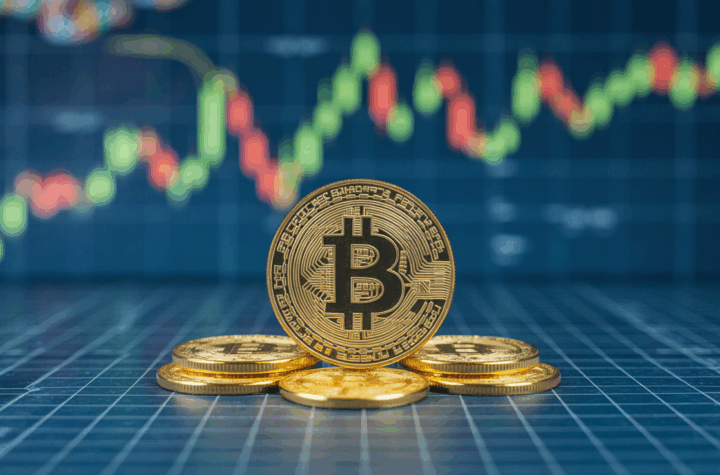
With global markets on the brink of a potential trade war, investors are searching for safe ground — and Goldman Sachs believes they’ll find it in the Japanese yen, not in Bitcoin.
As the Trump administration prepares to unveil sweeping new “Liberation Day” tariffs against key trading partners, including China and Mexico, markets are flashing warning signs. Equity futures are flat, volatility is rising, and the Bitcoin/yen pair just hit a wall.
Data from Japan’s bitFlyer exchange shows BTC/JPY slipped 1% on Wednesday, failing to break through a long-term resistance trendline set from Bitcoin’s record highs in January. The drop was mirrored in BTC’s dollar-denominated price as well, underscoring broader uncertainty ahead of the tariff announcement.
Goldman Sachs is warning that the economic impact of new trade barriers could tip the U.S. closer to recession — a risk that’s prompting the bank to recommend the Japanese yen as a prime hedge.
“The yen remains the most effective shield against a downturn driven by U.S. policy risks,” said Kamakshya Trivedi, Global Head of FX and Rates Strategy at Goldman Sachs, in comments reported by Bloomberg. “It’s particularly strong when equities and real yields decline together — a classic risk-off signal.”
While some crypto advocates argue Bitcoin should behave like a haven asset under stress, history tells a different story. In practice, BTC still moves more like a speculative tech stock than a defensive asset. That correlation could prove costly in a climate of rising geopolitical and economic risk.
Trivedi’s comments come as investors watch not only for recession signals, but also for signs of instability in the labor market and central bank policy. The yen’s defensive credentials shine brightest during these moments — and Goldman expects its strength to continue.
Their forecast sees the yen rising into the low 140s against the dollar in 2025. Currently, USD/JPY trades around 149.77. That movement reflects narrowing spreads between U.S. and Japanese 10-year bond yields — with Japanese yields dipping to their lowest point in over two years.
There’s also the mechanical impact of yen appreciation. As the currency gains value, it can force the reversal of risk-heavy carry trades funded by cheap yen loans. When these unwind, they trigger sell-offs across high-risk markets — including crypto. A similar pattern played out last August, when a yen rally sparked a Bitcoin crash from $65,000 to $50,000 in just days.
For now, Bitcoin remains stuck between two identities: digital gold in theory, but still a risk asset in practice. As long as macro conditions remain volatile and tariff fears dominate headlines, investors may continue favoring the yen — the old guard of safe havens — over newer, unproven stores of value.






More Stories
DOGE drops to $0.18 amid long-term holder exits and a looming death-cross price pattern.
Asia Markets: Cautious Calm Settles Over Bitcoin as Risk Positions Rebuild
“Analyst Dubs It ‘Bitcoin’s Silent IPO’ While Dissecting Market Stagnation in Viral Essay”